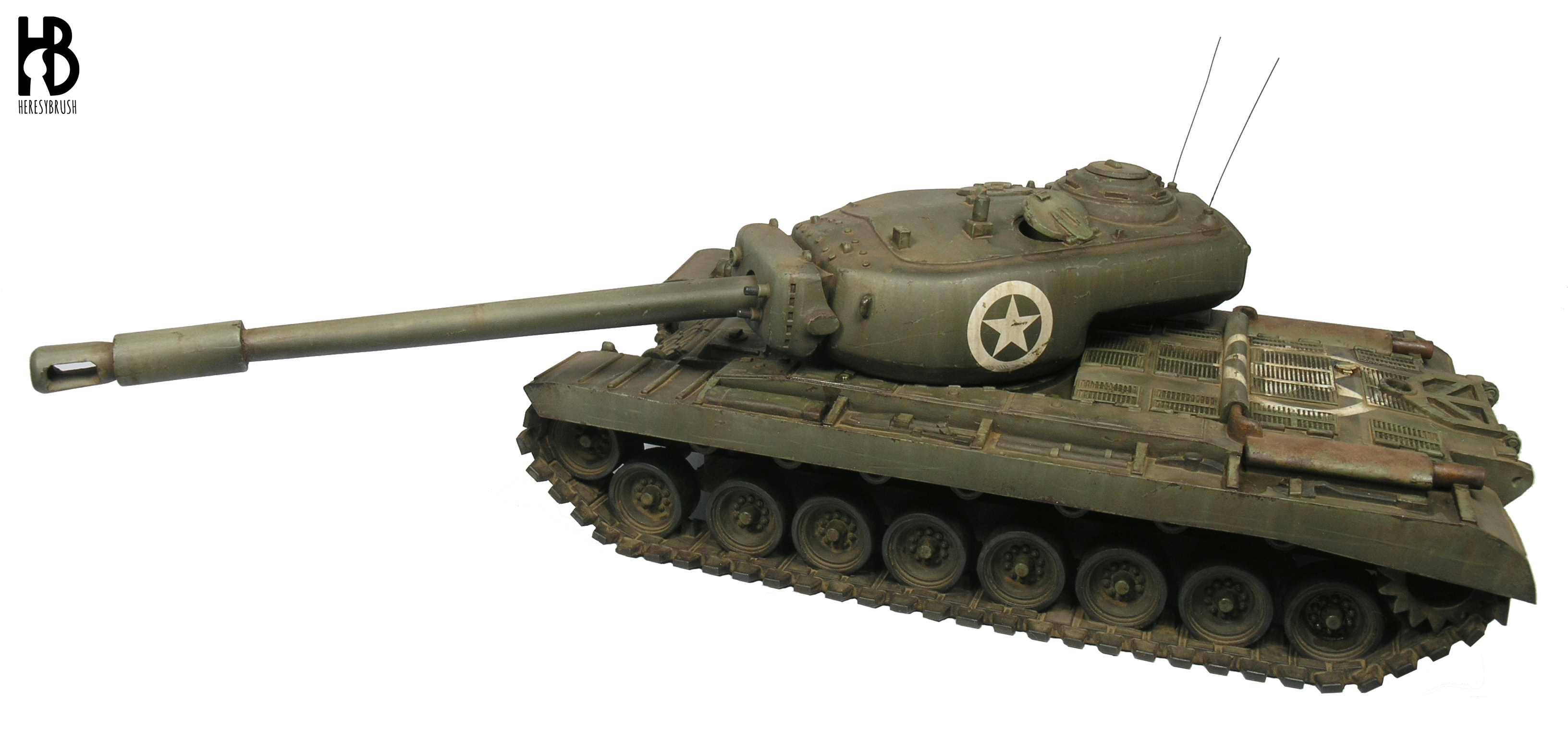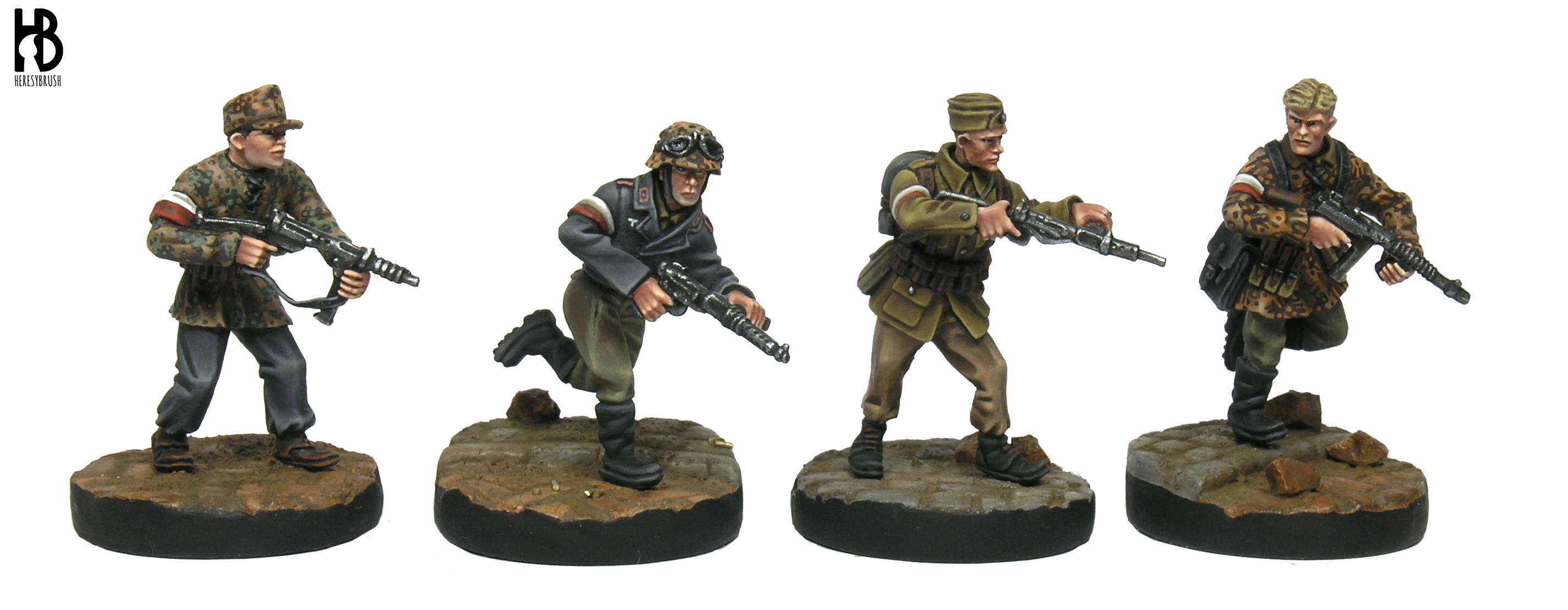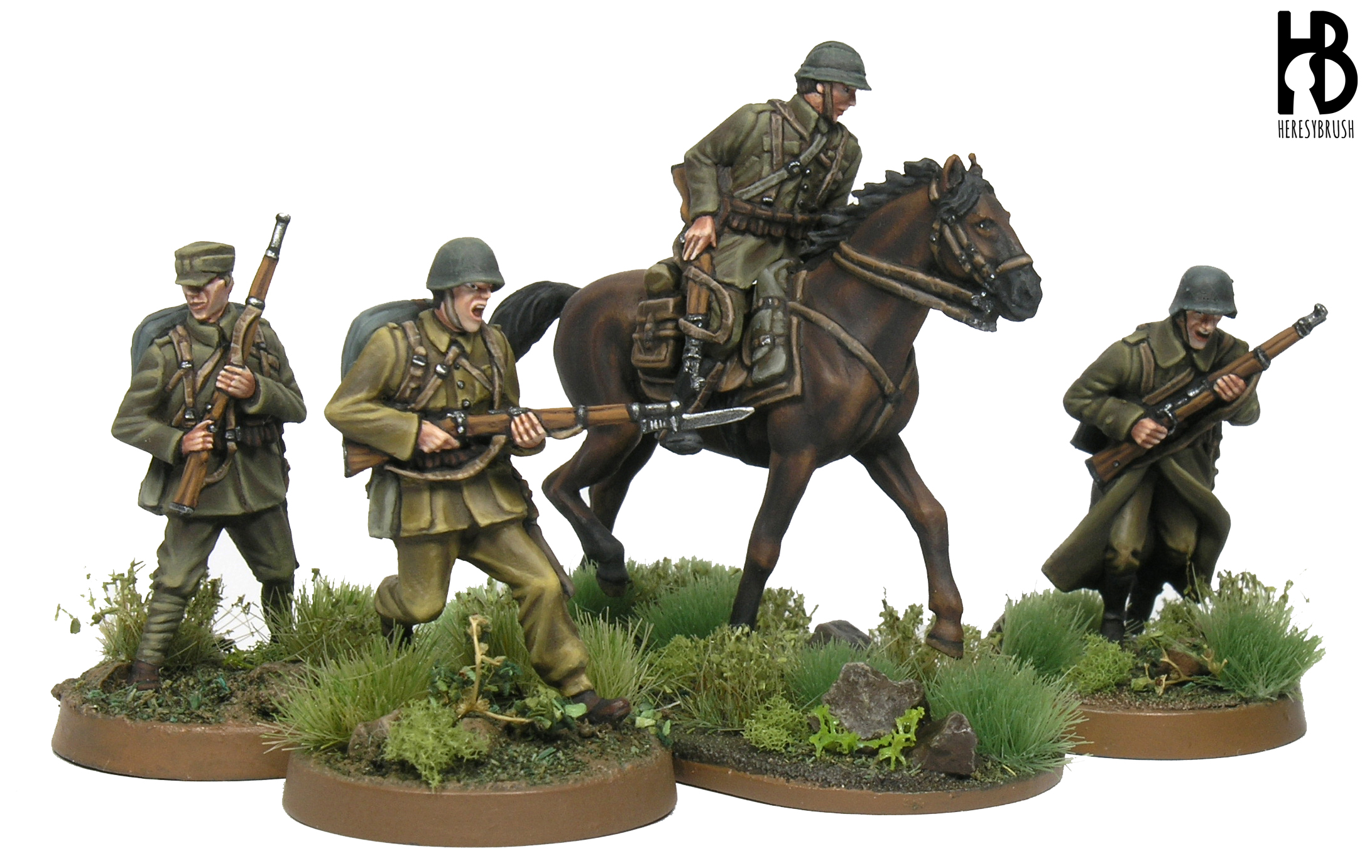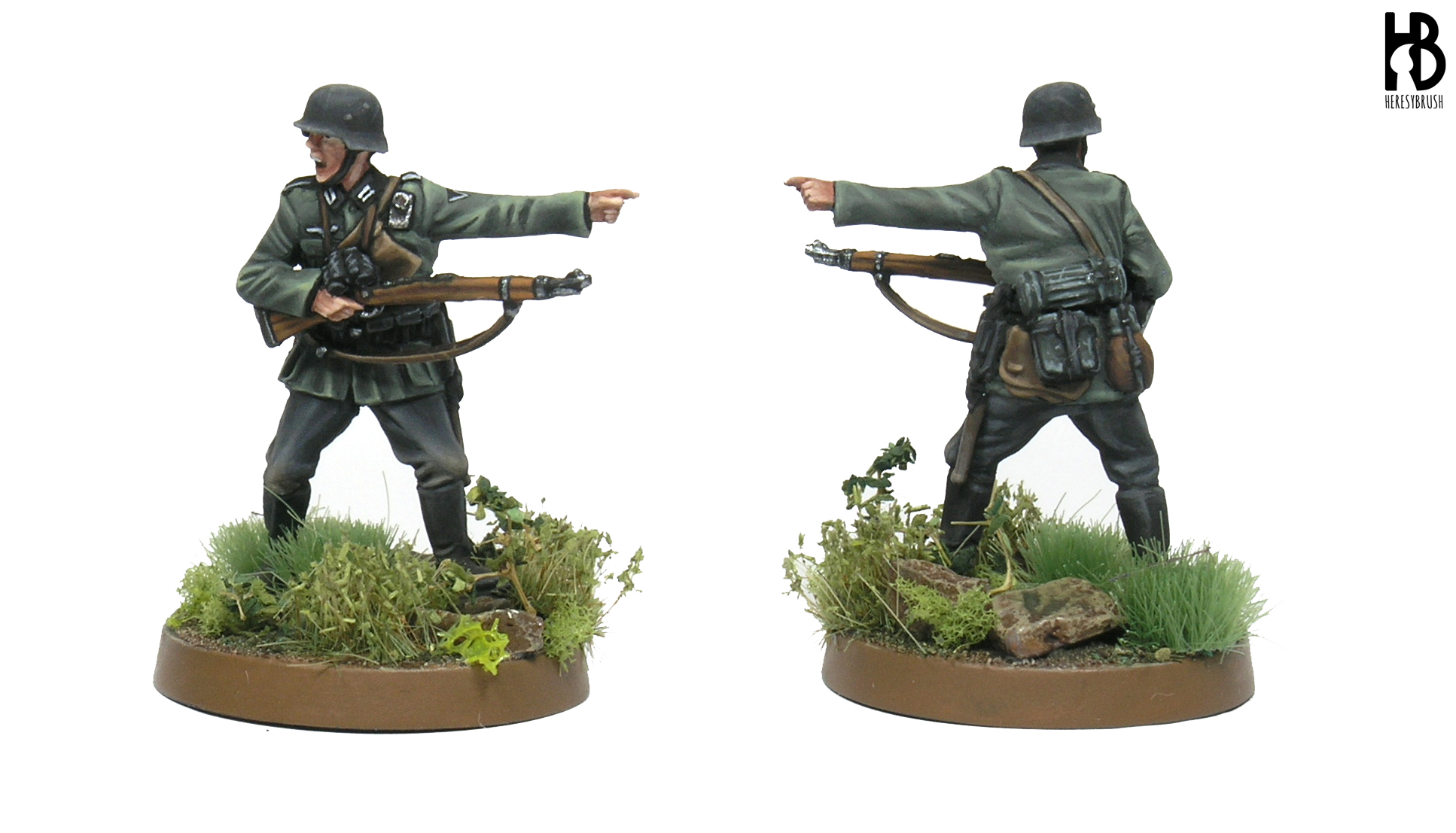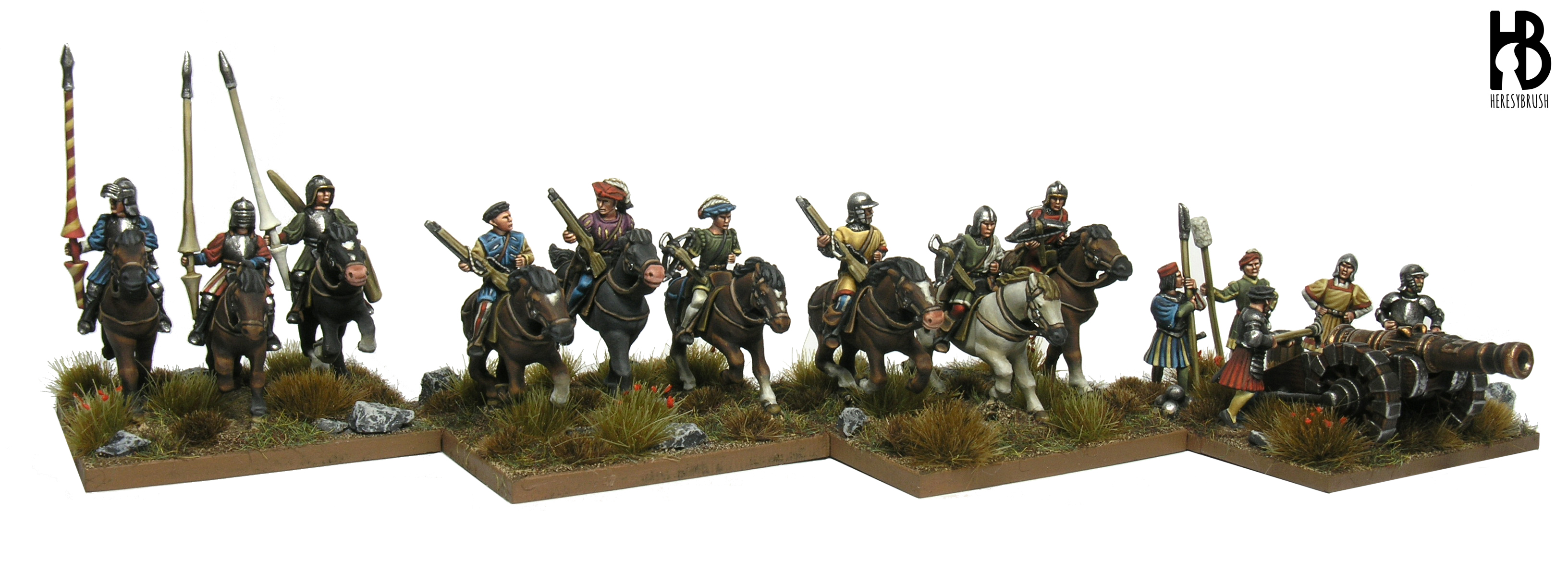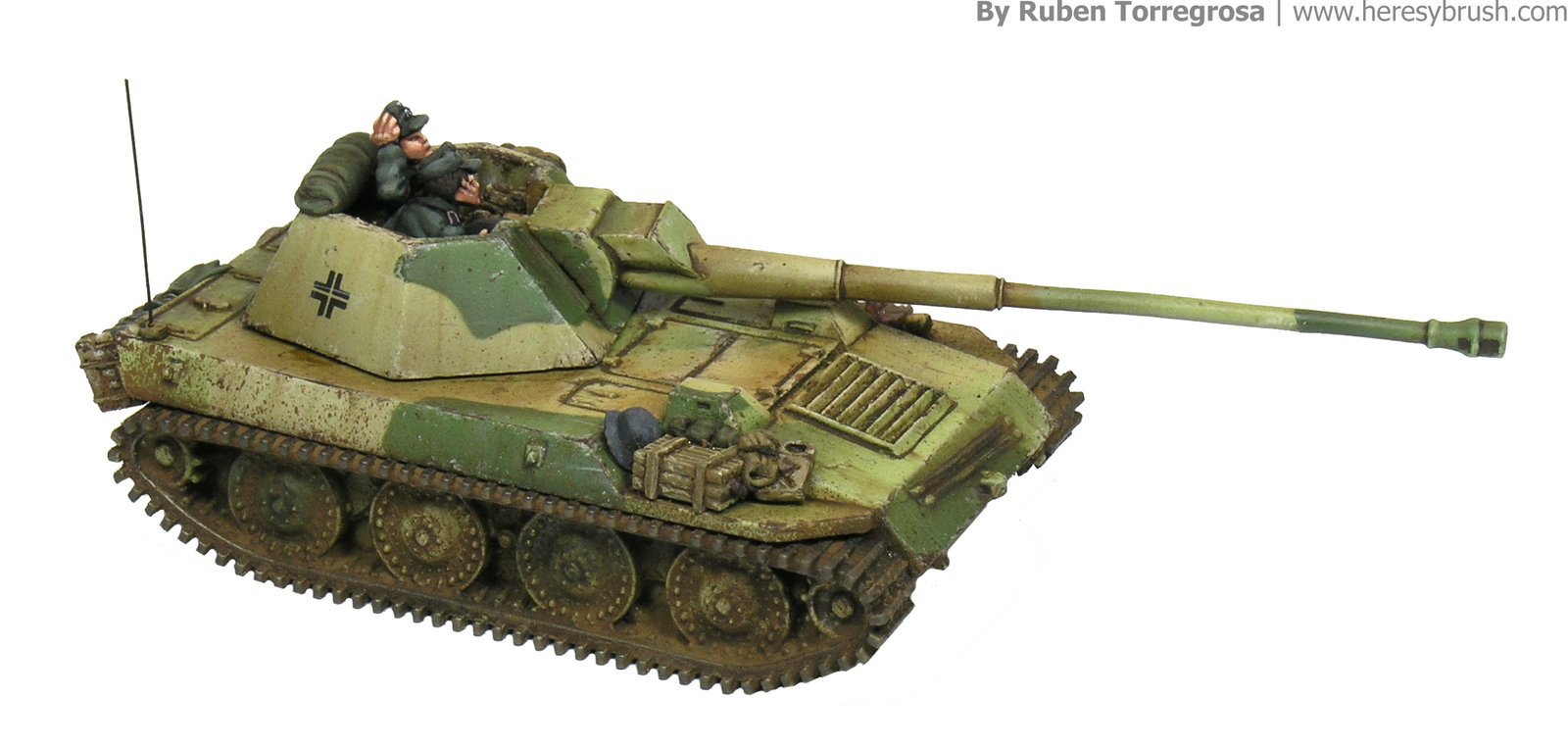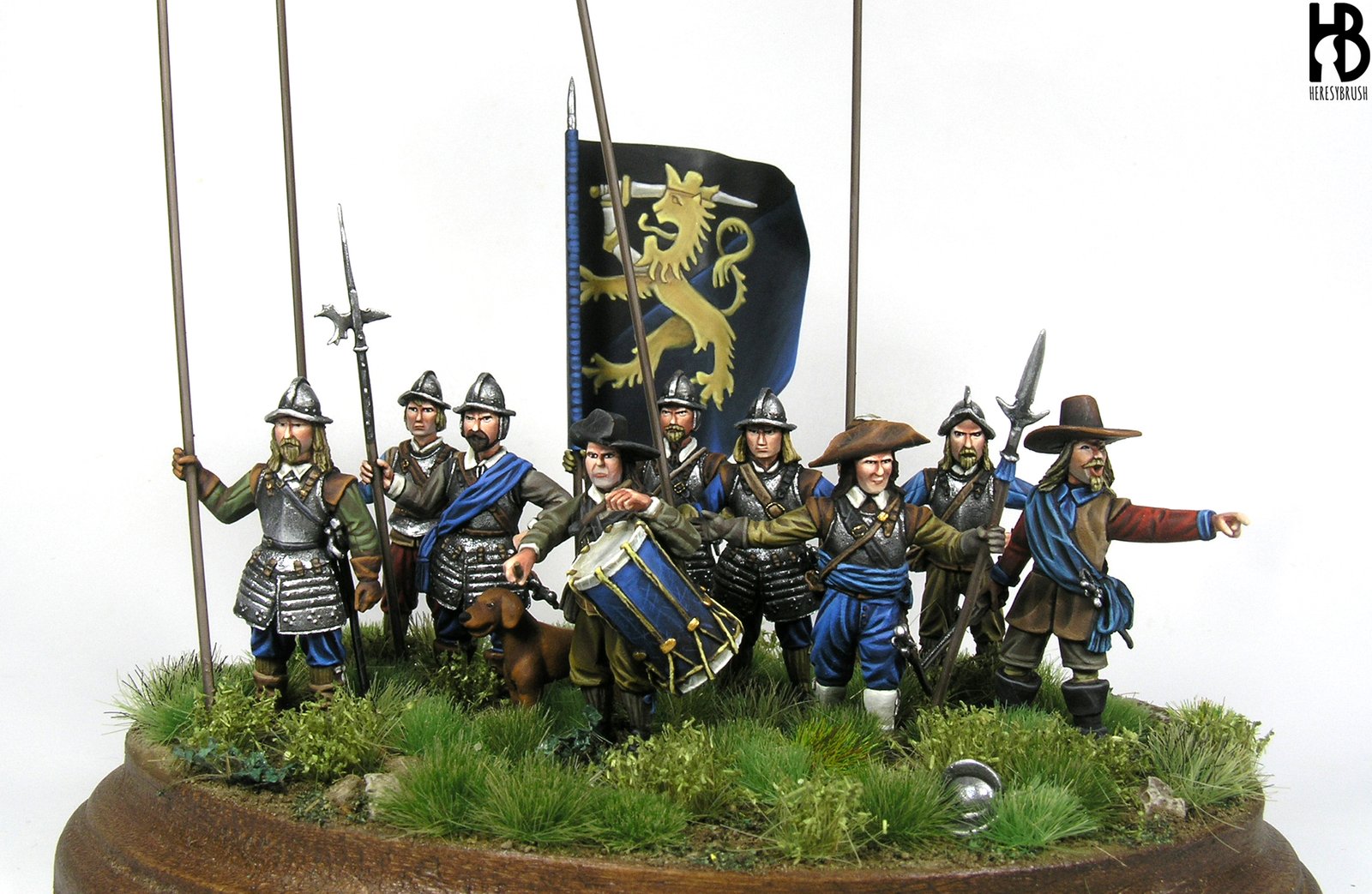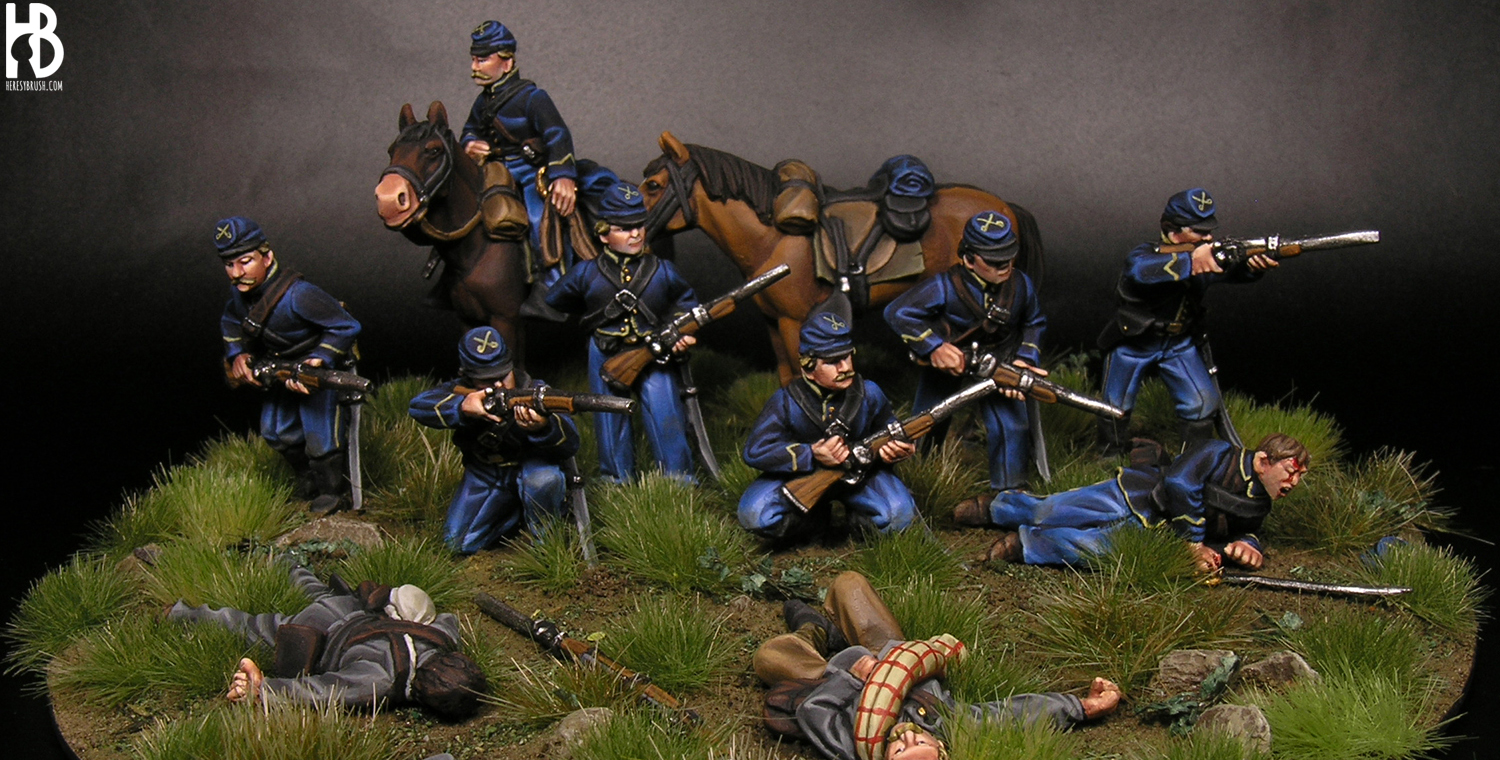Today I bring something new to the table. Even though I have explained many times how to paint and apply weathering effects on 15mm vehicles (scale 1:100), I have never done it using a historical 28mm tank (1:48-1:56 scale); although I have explored previously bigger scales when painting Warhammer 40 000 vehicles (here and here). Taking advantage of a very nice resin model of an American heavy tank M34 from Khurasan Miniatures, I would like to give you some tips about how to paint your tanks for Bolt Action (or any other 28mm wargame), and specially to add a little…
How to do urban bases
The bases for our wargames miniatures are as important as the miniatures themselves. A very nicely painted miniature based on a very simple base might affect negatively the visual impact of the model. And conversely, a simple painted miniature based on a very nicely decorated base might result in a very visual lay out. Therefore, I would suggest you to spend on the bases as much dedication as you do when painting the miniature. There are many different ways to decorate our bases. It will mostly depend on what we want to simulate. We can go from a desert in…
How to paint WWII Polish infantry and Uhlans in 28mm
With the support of Kromlech Historical miniatures, I would like to share with you two painting guides where I show how to paint the WWII Polish uniform: an infantryman and a Uhlan. The former covers a soldier equipped with a great coat and the common steel helmet wz. 37 (or 1937 pattern), while the latter is divided into two parts. First, I explain how to paint dark bay horses, and then I show how to paint a Polish Uhlan (rider) equipped with a wz. 1936 jacket and Adrian-like helmet. For those who does not know Kromlech, this is a Polish…
How to paint early war German soldiers in 28 mm
With the support of Kromlech Historical miniatures, I would like to share with you a step by step tutorial where I show how to paint the 1939 German uniform in 28 mm miniatures. In this guide you will find the instructions to paint the M1935 Feldbluse, with its characteristic grey green color with a very dark green collar, stone grey trousers and the dark grey stahlhelm M1935. For those who does not know Kromlech, this is a Polish company most well-known for producing science fiction miniatures and bits. Recently, they begun another adventure in the historical niche, producing 28mm models…
How to paint mid/late WWII Germans (1943) in 15mm
Since I have been lately busy painting some WWII german miniatures from Khurasan Miniatures, I wanted to share with you this short painting guide where I show how to paint 15mm miniatures, and more specifically, the M43 German uniform (mid-late war). However, if you are looking for a painting guide featuring the early war uniform, you might be interested in this another painting guide I published in Modelbrush a few years ago. Or, if on the other hand you want to know how to paint camouflages in 15mm miniatures, then this another guide is what you are looking for. If…
How to paint Italian Wars artillery (1494-1559)
The Italian Wars (1494-1559) were the cradle of the future Spanish famous unit, the Tercio. Initially called “coronelía”, it was shaped by the great war-master Gonzalo Fernandez de Cordoba “El Gran Capitán”. During these years, the power of the mobile fire guns, such as the arquebus and small cannons, became patent and changed the rules of war. This is one of my favorites periods of History, along with the following century. And taking advantage of some amazing 15mm miniatures I received from Khurasan Miniatures, I wanted to share with you this brief painting guide about how to paint bronze cannons.…
How to do icy water
I prepared this small vignette a few years ago as a present for couple of good friends, who left the old continent to spend half a year in USA. It represents George Washington’s crossing of the Delaware River during the American Revolutionary War or War of Independence (1776), and is inspired in an amazing painting by Emanuel Leutze (1851). Note that there are some inaccuracies that I replicated here, such as the flag. This would have been the right flag. Furthermore, the boats in this painting are a little bit too crowded, but Designs & Edits released a perhaps more…
Painting 15mm tanks: Steyr tank
Once again, it has been a while since I posted last time something here. Since I moved to Helsinki, my painting time has been dramatically reduced to a few hours per week. And some weeks, zero. In spite of this setback, I continue working slowly on several projects such as a new Age of Sigmar army, which I am painting as part of a panting league in Modelbrush.com (a blog I run with my brother and couple of very good friends), or the new 15mm range from Forged in Battle featuring the Dark Age. In fact, I have been more…
My Ph.D., Replication stress and Damage Tolerance in Mammalian mitochondria
During ten years I have shared everything I know about painting and modelling in this blog. Today, I would like to share something else: what I know about mitochondrial DNA. Painting and modelling are two of my major hobbies. But another one is science. In the last four years I have developed a research project in the field of molecular biology, addressing how animal mitochondria produce new copies of mitochondrial DNA (see below). Yesterday, I had my doctoral dissertation or Ph.D defence.
Working with the terrain III
Yes, yes. I am still alive. At least, at the moment. I am in the last step of my PhD, writing the thesis, and these weeks / months are being crazy. Hopefully everything will be done soon, and then I could continue painting every now and then while continuing working with mitochondria. However, my brushes did not stall completely these days. I have the need to scape a little bit from the reality of the world and I find in this hobby a great valve of scape. Therefore, I bring here a new post addressing how to prepare scenery bases.…
